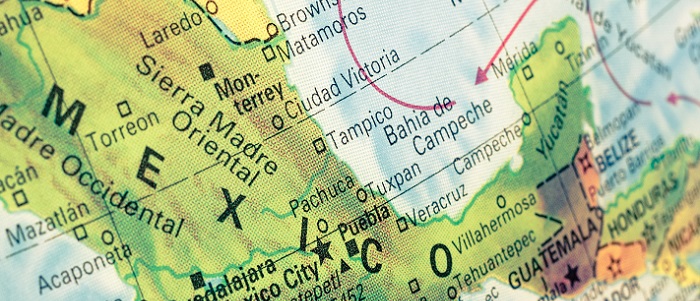
This byline is by Luis Arvizu, VP Commercial for LATAM and US Hispanics at MediaMath. It originally appears on Forbes Mexico and has been translated below.
Ten years ago, the first DSP (Demand Side Platform) emerged as a marketing technology that was not only designed to change the way you shop, but also revolutionized the way we do marketing.
As has always happened in the digital marketing world, there are some nations that are more advanced in adopting new technologies, and it usually happens that the innovations that have their roots in a country like the United States are adopted in Mexico several years later.
In this context, it is clear we can start to predict what can happen during 2017. So on this occasion, we return to the advances in programmatic marketing technology that are already implemented in first-world regions.
Shared databases
As we discussed in the last publication, “second-party data” is the first-hand data that a company can use that is not its own; For example, an airline can share who is going to travel to a certain destination with the hotels there, or an insurance company can benefit from the list of people who buy a car, which is developed by an automotive agency.
The expectation is that companies will participate in the “second-party data” market, where they “subscribe” to the platforms and can make use of all this information in exchange for sharing theirs.
Although it seems incredible, almost all industries open their data even for the use of their competition. Such is the case with a supermarket when you put the information generated in your campaigns and, in return, you get the right to use the data of all other supermarkets.
This has the advantage of knowing in real time what is happening in ALL the retail industry. It is important to mention that the data is shared anonymously; That is to say, it is not known which company has provided which data.
Real-time customer location
We will also observe the adoption of “hyperlocalization” capabilities, once the user is placed as a target for campaign segmentation. An example of this is a refreshment company that influences all the people of Mexico who are entering any cinema to consume their product, or a chain of cafes sending a promotion to all who are within 50 meters of one of its stores.
In Mexico, we will see the basic use of these platforms, although technological advances have already been made, such as beacons, which tells marketers if a certain consumer entered a department store and had a specific interest in an article of clothing. Using this information, marketers can optimize in real time the advertising campaign.
Matching between martech and adtech
The best source of data that a company has is that which is generated by its own operation. Such is the case in a bank that has information on all its users, the products they use, the times they go to the branch office, when they talk to the call center or log in to their website.
This information is saved (or should be saved) in your CRM. database. This is a martech system, and its most common use at the present time is for sending a direct mail or email to a user; However, marketers can use the knowledge from martech systems to optimize advertising campaigns.
Imagine that a supermarket has a campaign of 50 products on offer. Technically, it is possible to know with physical and real-time sales information in the store which of those offers are working the best and then automatically optimize the advertising campaign to give priority to what has the best result.
Automation of segmented audiences
As marketers, we are accustomed to segmenting our audiences for better targeting. The problem is that we make “fixed” segments that do not allow for proper optimization of a campaign.
When an airline launches a strategy to reach a group of travelers, it is technically possible to be a “live” segment in which, in real time, people are targeted only when they have the need to travel, And then marketers can stop targeting this segment when they have already purchased the trip. It only reincorporates them into the segment when they need to buy another trip.
We also see the typical “retargeting” campaigns that impact the people who made a purchase last month. This criterion should be used as a variable and not as a constant, as we should not contact people who are unlikely to buy again to avoid wasting advertising dollars.
There are many advances that will begin to be used in our region, and although we are behind in the adoption of new technological capabilities compared to more developed countries, we have the advantage that they have already gone through a learning curve from which we can take advantage and implement strategies with proven scope.
What new trends do you see for 2017?
